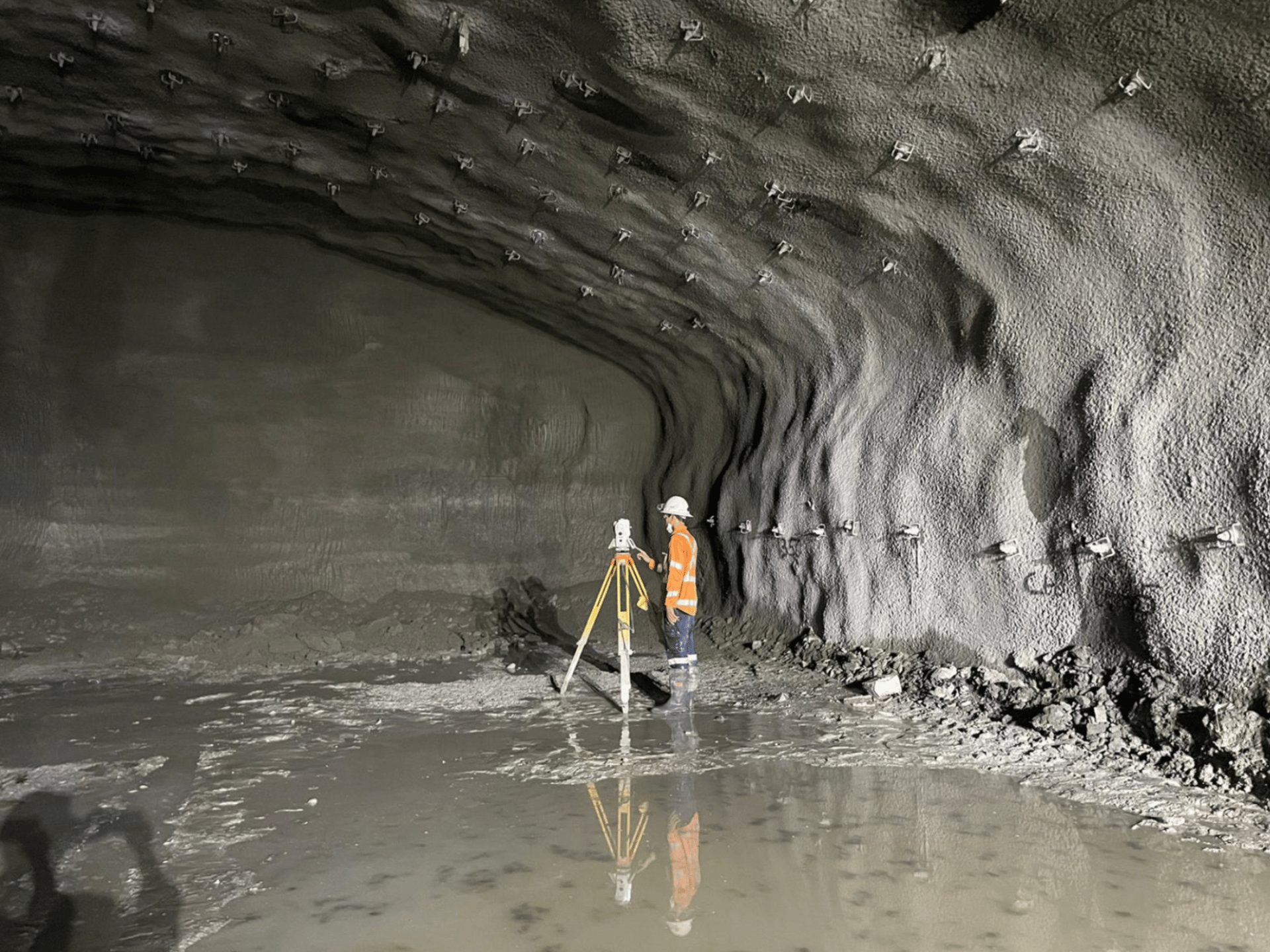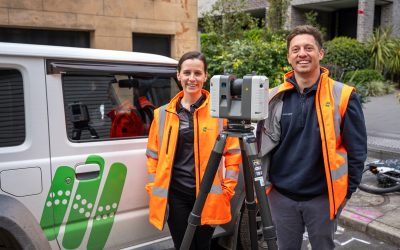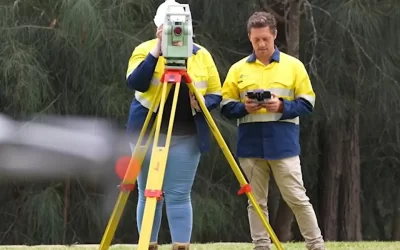Brisbane, the capital of Queensland, is renowned for its beautiful landscapes, vibrant culture, and, unfortunately, its susceptibility to flooding. As urban development continues to rise, understanding the implications of building in flood-prone areas has become increasingly critical. Flood-zone surveys are essential for anyone considering construction in Brisbane, as they provide valuable insights into potential risks and necessary precautions. This article outlines the key aspects of flood-zone surveys and what you, or your Brisbane surveyor, must check before embarking on your building project.
The Importance of Flood-Zone Surveys
Flood-zone surveys play a pivotal role in the planning and development process. They help identify areas at risk of flooding, allowing developers and homeowners to make informed decisions regarding their projects. In Brisbane, where heavy rainfall and storm surges can lead to significant flooding, these surveys are not merely a formality; they are a necessity.
Understanding Flood Risk
Flood risk is determined by various factors, including geographical location, proximity to water bodies, and historical flood data. Brisbane has experienced several major flooding events, notably in 1893, 1974, and 2011. Each of these events has left a lasting impact on the community and has shaped the way flood risks are assessed today.
By conducting a flood-zone survey, developers can ascertain the likelihood of flooding in a specific area. This information is crucial for determining the type of construction methods and materials that should be employed to mitigate potential damage. For instance, elevated foundations and flood-resistant materials can significantly reduce the risk of water damage during severe weather events. Furthermore, these surveys often incorporate advanced modelling techniques that predict future flood scenarios based on climate change projections, ensuring that developments are resilient not just to current conditions, but also to future challenges.
Regulatory Compliance
In Australia, building regulations require compliance with local government policies regarding flood management. Brisbane City Council has established guidelines that dictate how and where construction can occur in flood-prone areas. A flood-zone survey is often a prerequisite for obtaining the necessary permits, ensuring that all developments adhere to safety standards.
Failure to comply with these regulations can result in significant financial penalties, as well as the potential for legal action if a property is damaged due to negligence in flood risk assessment. Therefore, understanding and following the regulatory framework is essential for any builder or developer. Moreover, these regulations are frequently updated to reflect new data and evolving environmental conditions, meaning that ongoing education and awareness are crucial for industry professionals. Engaging with local councils and flood management authorities can provide valuable insights into best practices and emerging trends in flood risk mitigation, fostering a collaborative approach to community resilience.
Key Components of a Flood-Zone Survey
Flood-zone surveys encompass several critical components that help assess the flood risk associated with a particular site. Understanding these components is vital for anyone considering construction in Brisbane.
Topographic Mapping
Topographic mapping is a fundamental aspect of flood-zone surveys. It involves creating detailed maps that illustrate the terrain of the area, including elevations, slopes, and natural drainage patterns. This information is crucial for identifying low-lying areas that are more susceptible to flooding.
Topographic maps also aid in understanding how water flows across the landscape during heavy rainfall. By analysing these patterns, developers can make informed decisions about site layout and drainage solutions, ultimately reducing the risk of flood damage.
Hydrological Analysis
Hydrological analysis examines how rainfall and surface water interact within a specific area. This analysis considers factors such as rainfall intensity, duration, and the rate of runoff. By understanding these elements, developers can better predict how water will behave during extreme weather events.
In Brisbane, hydrological analysis is particularly important due to the region’s variable climate. The data gathered can inform the design of effective drainage systems, ensuring that water is directed away from structures and reducing the likelihood of flooding.
Historical Flood Data
Analysing historical flood data is an essential component of any flood-zone survey. This data provides insights into past flooding events, including their frequency, severity, and the areas most affected. By studying this information, developers can identify patterns and trends that may influence future flood risks.
Brisbane’s historical flood data is readily available through various government sources, including the Bureau of Meteorology and local council records. This information can be invaluable for making informed decisions about site selection and construction methods.
What to Check Before Building
Before commencing any building project in Brisbane, it is crucial to conduct a thorough flood-zone survey and check several key factors. These checks will help ensure that the project is both safe and compliant with local regulations.
Site Location
The first step is to assess the specific location of the proposed building site. Is it situated in a designated flood zone? If so, what is the flood risk associated with that area? Understanding the site location in relation to flood maps is essential for determining the appropriate construction methods.
Developers should also consider the proximity to rivers, creeks, and other water bodies. Sites located near these features are generally at a higher risk of flooding, especially during heavy rainfall or storm surges.
Elevation and Drainage
Elevation plays a crucial role in flood risk assessment. Properties situated at higher elevations are generally less susceptible to flooding. Therefore, it is important to evaluate the elevation of the site in relation to the surrounding area.
Additionally, proper drainage systems must be in place to manage stormwater effectively. This includes ensuring that the site has adequate drainage channels and that any existing natural drainage patterns are preserved. Poor drainage can exacerbate flooding risks, making it essential to address this aspect during the planning phase.
Building Design and Materials
The design and materials used in construction can significantly influence a building’s resilience to flooding. Elevated structures, such as those built on stilts or piers, can help mitigate flood risks by keeping living spaces above potential flood levels.
Moreover, selecting water-resistant materials can further enhance a building’s durability in flood-prone areas. This includes using treated timber, concrete, and other materials designed to withstand moisture and flooding. Engaging with architects and builders experienced in flood-resilient construction can provide valuable insights into the best practices for building in Brisbane’s flood zones.
Engaging Professionals
While understanding flood-zone surveys is essential, engaging with professionals who specialise in this field is equally important. Their expertise can provide invaluable support throughout the building process.
Surveyors and Engineers
Hiring qualified Brisbane surveyors and engineers is crucial for conducting accurate flood-zone surveys. These professionals possess the knowledge and tools necessary to assess flood risks effectively. They can provide detailed reports that outline the findings of the survey, including recommendations for mitigating flood risks.
Additionally, surveyors can assist in navigating the regulatory requirements associated with flood-zone construction, ensuring that all necessary permits are obtained and compliance is maintained.
Architects and Builders
Collaborating with architects and builders who have experience in flood-resilient design can greatly enhance the success of a building project. These professionals can offer insights into the best construction methods and materials suited for flood-prone areas, ensuring that the project is both safe and aesthetically pleasing.
Moreover, architects can help integrate sustainable practices into the design, which can further reduce the environmental impact of the construction while enhancing resilience to future flooding events.
Hire Wumara Brisbane Surveyors For Boundary Surveys, Development Surveys and Contour Surveys
Building in flood-prone areas of Brisbane presents unique challenges that require careful consideration and planning. Flood-zone surveys are an essential part of the surveying services process, providing critical information about flood risks, property boundaries, and regulatory compliance. Brisbane surveyors, particularly those experienced in land development, offer comprehensive surveying services tailored to the specific needs of clients like home owners, building designers, and the construction industry.
By understanding the importance of these surveys and engaging with qualified land surveyors, developers and property owners across South East Queensland, including the Gold Coast, can make informed decisions that prioritise safety and sustainability. These development surveys, often combined with contour surveys, boundary surveys, and aerial mapping, help assess site features, manage drainage, and plan building placement for the best outcome.
As Brisbane continues to grow, the demand for responsible and resilient construction practices will only increase. Providing surveying services for flood-prone areas, our team works closely with engineers, town planning consultants, and other professionals to meet specific requirements and ensure every house or commercial build is positioned with long-term safety in mind.
By taking the time to conduct thorough flood-zone surveys and implement effective flood mitigation strategies, the community can work together to create a safer environment for all. With support from experienced Brisbane surveyors, accurate monitoring, and a professional approach, you can build with confidence in even the most challenging South East locations.




